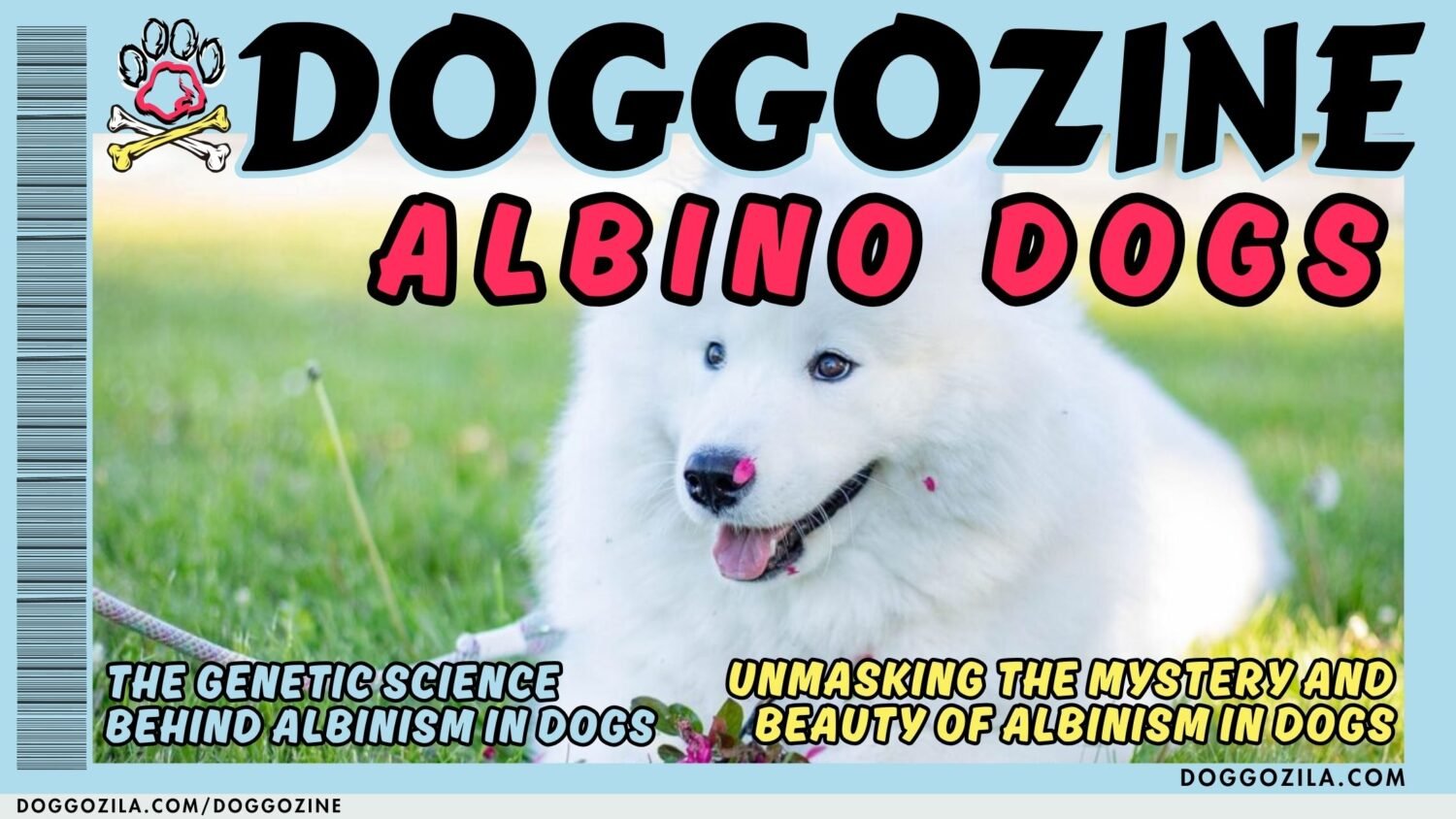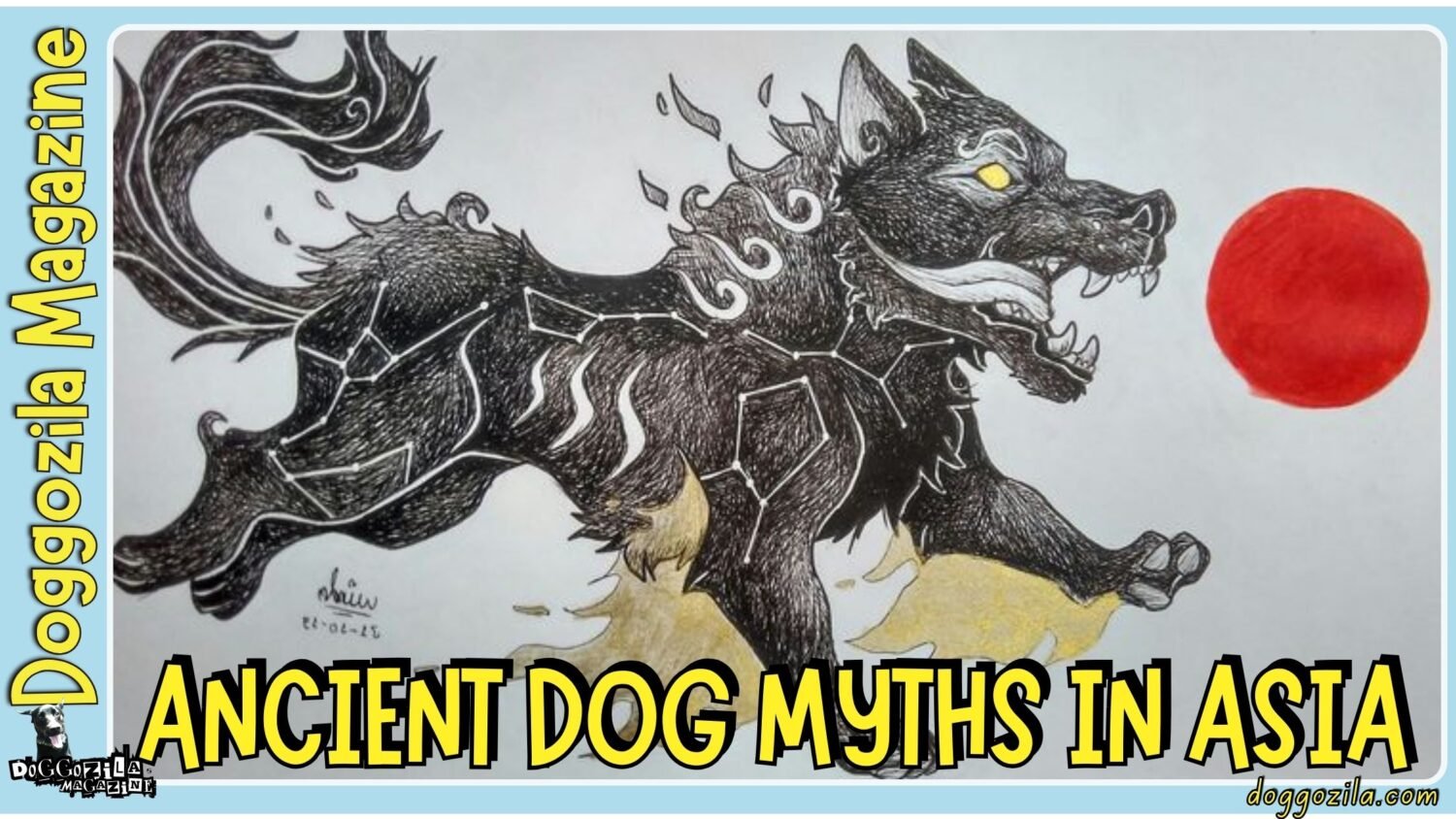Every dog owner has marveled at their pup’s ability to pick up new tricks – or groaned when they “forget” commands the moment treats disappear. But exactly how quickly do dogs learn compared to other animals, and what factors accelerate or hinder their learning?
This comprehensive guide dives into canine cognition research to reveal what science says about your dog’s learning capacity, optimal training windows, and how to maximize their potential.

THE LEARN TIMELINE FOR DOGS: FROM PUPPYHOOD QUICKLY TO SENIOR YEARS
Dogs’ learning speed varies dramatically throughout their lifespan, with distinct developmental periods offering unique opportunities. Understanding these phases helps tailor training for maximum effectiveness.
Neonatal Period (0-2 Weeks): Priming the Senses
Newborn puppies may seem helpless, but their nervous systems are already laying learning foundations. While their eyes and ears remain closed, they learn to navigate toward warmth and milk sources through smell and touch. Studies show neonatal handling (gentle human contact) during this period makes dogs learn socialization cues faster later in life. This is when basic associations between comfort and caregivers begin forming in their primitive memory systems.
Socialization Window (3-12 Weeks): Learning at Warp Speed
The famous “socialization period” represents peak learning velocity – puppies learn new skills up to 20 times faster than adult dogs. Their brains form neural connections at an astonishing rate, with a single positive or negative experience creating lasting impressions. University of Pennsylvania research found puppies can master basic commands in 3-5 repetitions during this phase, compared to 15-20 for adults. This is why quality breeders begin exposure to various stimuli before adoption.
Juvenile Phase (4-6 Months): Refining Skills
As puppies enter “doggy adolescence,” their learning speed remains high but becomes more selective. They begin thinking more independently, testing boundaries while solidifying earlier lessons. Training sessions may need to be shorter but more frequent during this distractible period. A 2021 study in Animal Cognition showed juvenile dogs learn physical tasks (like operating simple mechanisms) faster than either puppies or adults, making this ideal for teaching complex behaviors.
Adulthood (1-7 Years): Specialized Learning
Mature dogs learn new information at a steadier pace but with better retention. Their learning becomes more contextual – understanding not just commands but when and why to apply them. Working dogs in their prime can master multi-step tasks in days that would take puppies weeks. Research indicates adult dogs excel at observational learning, picking up skills by watching other dogs or humans perform them first. This is when breed-specific talents (herding, tracking, etc.) truly shine.
Senior Years (8+ Years): Quality Over Quantity
Older dogs may learn more slowly but often compensate with deeper focus when motivated. Cognitive decline varies by individual, but most seniors can continue learning throughout life with adjusted expectations. A University of Vienna study found dogs over 10 learned novel object names just as well as younger dogs when training accounted for their physical limits (shorter sessions, clearer signals). The key is leveraging their lifetime of experience while accommodating aging senses.
🔑 Key Points: Dogs’ learning speed varies dramatically throughout their lifespan, with 5 distinct developmental periods. Neonatal Period (0-2 Weeks), Socialization Window (3-12 Weeks), Juvenile Phase (4-6 Months), Adulthood (1-7 Years) and lastly are the senior years starting at 8 years plus.
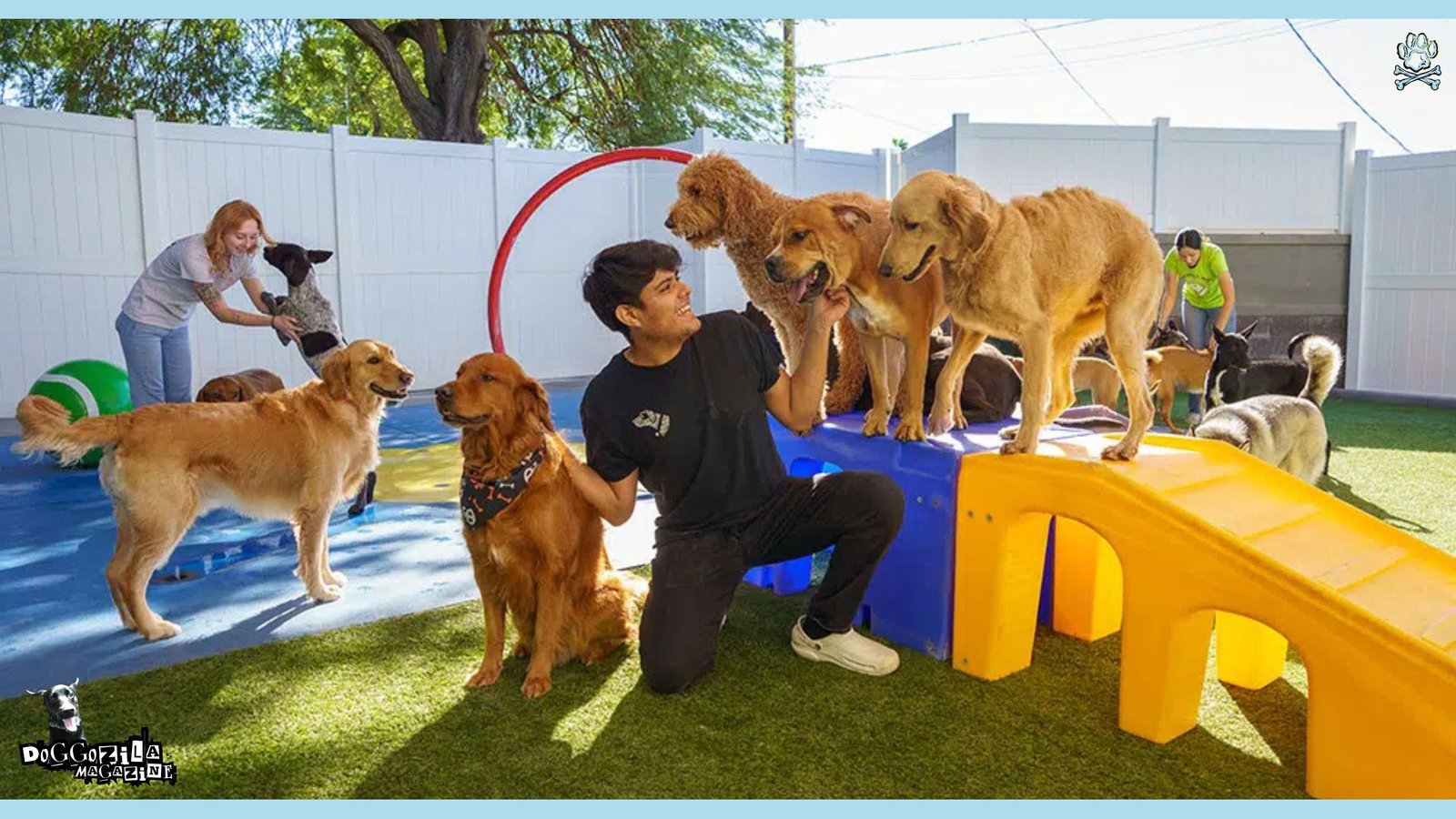
FACTORS THAT ACCELERATE HOW QUICKLY DOGS CAN LEARN
Why and how do some dogs seem to learn commands quickly or almost instantly while others struggle with basics? Science has identified key variables that boost learning velocity across all breeds and ages.
Breed Differences in Learning Speed
Border Collies consistently top canine intelligence studies, learning new tricks in as few as 5 repetitions according to AKC research. Other quick-study breeds include Poodles, German Shepherds, and Golden Retrievers. Scent hounds like Bloodhounds learn more slowly when visual cues dominate but excel at odor-related tasks. Understanding your dog’s genetic strengths tailors training to their natural aptitudes. That said, a 2020 study showed all breeds learn equally fast when tasks match their evolutionary purpose.
The Reward Factor: Dopamine’s Role
Dogs learn fastest when training triggers dopamine release – their brain’s “reward chemical.” High-value treats (like real meat) create stronger neural pathways than kibble. Timing matters tremendously; rewards given within 1.5 seconds of desired behavior reinforce connections most effectively. Research shows intermittent reinforcement (rewarding only some correct responses) makes dogs learn to persist longer once trained, though continuous rewards work better initially.
Optimal Session Length and Frequency
Canine attention spans max out at 3-7 minutes per session depending on age and breed. Multiple short sessions spaced throughout the day help dogs learn up to 40% faster than fewer long ones, per Tufts University studies. The sweet spot is 5-minute sessions, 3-5 times daily for complex skills. Always end on success to keep motivation high. This “distributed practice” approach prevents fatigue while allowing sleep-based memory consolidation between sessions.
The Handler’s Influence
Dogs learn more quickly from confident, consistent trainers. A 2019 study found dogs mastered commands 25% faster when handlers used clear, upbeat tones versus uncertain ones. Physical cues (hand signals) combined with verbal commands accelerate learning by engaging multiple senses simultaneously. Perhaps most surprisingly, dogs learn faster from people they have strong bonds with – proof that trust impacts cognition directly.
🔑 Key Points: There are key variables that boost learning velocity across all breeds and ages. Most important are the breed differences and than is the reward factor. Pay attention on the length and the frequency of your training sessions. Lastly, your influence as a handler can really make a difference.
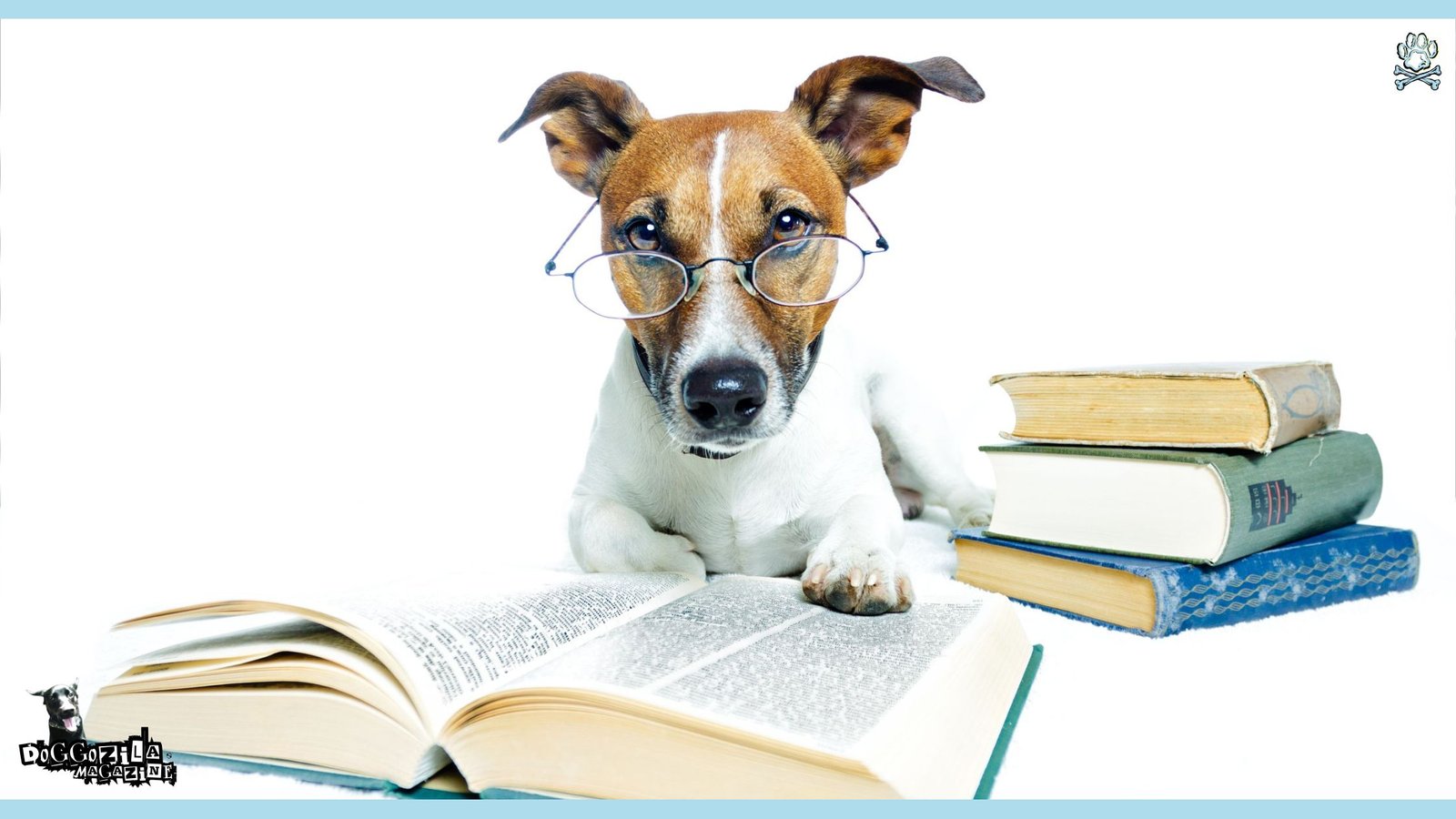
THE LEARN PLATEAUS FOR DOGS: WHEN PROGRESS QUICKLY STALLS
Even the brightest dogs hit periods where they seem to stop learning new things. Recognizing these plateaus helps owners push through frustration to continued growth.
The “Intermediate Stall” Phenomenon
Most dogs learn basic commands rapidly, then hit a wall when transitioning to advanced training. This perfectly normal plateau occurs because initial behaviors become habitual, while new skills require conscious thought. K9 trainers recommend “backchaining” – teaching the last step of a complex behavior first, then adding preceding steps. This keeps dogs engaged by always ending with what they know best. Typically lasts 1-3 weeks before another learning surge.
Overlearning and Automaticity
When dogs repeat behaviors until they become automatic (like service dogs ignoring distractions), they temporarily stop learning new skills as easily. This “overlearning” is actually beneficial for reliability of critical commands. The solution? Alternate between drilling known behaviors and introducing novel challenges to keep the brain flexible. Most working dogs cycle between these phases throughout training.
Stress-Induced Learning Blocks
Anxiety dramatically slows canine learning – stressed dogs may need 4-5 times more repetitions to learn simple cues. Signs include yawning, lip licking, or avoidance during sessions. Environmental stressors (loud noises), social stress (dominant dogs nearby), or overly harsh corrections all trigger this. Always train in low-stress environments and watch for subtle discomfort signals. A relaxed dog learns exponentially faster.
Age-Related Slowdowns
While senior dogs can keep learning, they typically need:
- 30-50% more repetitions
- Clearer visual cues (aging eyes and ears)
- Shorter sessions (5-10 minutes max)
- Stronger motivators (higher-value treats)
Patience and adjusted expectations prevent frustration. Focus on maintaining known behaviors while slowly adding simple new ones.
🔑 Key Points: Sometimes dogs have periods when they stop to learn new stuff. This is normal and occurs because initial behaviors become habitual, while new skills require conscious thought. Try not to overheat your pooch as well.

EXCEPTIONAL DOGS WITH PHOTOGRAPHIC MEMORIES DO LEARN QUICKLY
Some extraordinary dogs learn at speeds that rival primates. These case studies reveal the upper limits of canine learning potential.
Chaser the Border Collie: 1,022 Word Vocabulary
The most famous example of how quickly dogs can learn language, Chaser demonstrated understanding of proper nouns for 1,022 toys. Her training showed dogs can learn word-object associations in as few as 3 exposures when motivation and methodology align. Most impressive was her ability to infer meanings of novel words by exclusion – a cognitive feat previously attributed only to humans.
Rico the Sheltie: Fast Mapping Genius
This German wonder dog learned new toy names after a single exposure, retaining them for weeks without review. His “fast mapping” ability (learning from context) proved dogs share aspects of human children’s language acquisition. Researchers found he could identify new items by process of elimination with 70% accuracy after just one exposure.
Service Dogs: Masters of Complex Tasks
Guide dogs routinely learn 50+ commands within 18-24 months of training. What makes them learn so fast? Specialized breeding combines with optimized reinforcement schedules. The most successful service dog programs use “errorless learning” techniques that prevent mistakes through careful prompting, creating nearly 90% first-time success rates on new tasks.
Detection Dogs: Scent Learning Savants
Bomb and drug dogs learn odor recognition faster than any other skill – often in just 3-5 trials when properly introduced. Their secret? An olfactory bulb 40 times larger than humans’ relative to brain size. Studies show scent training actually rewires canine brains to prioritize chemical detection over other sensory input.
🔑 Key Points: Some dogs do learn quickly than others. Prime example is the Border Collie breed. Another example are the service dogs, detection dogs and therapy dogs, they are truly a wonder of the nature!
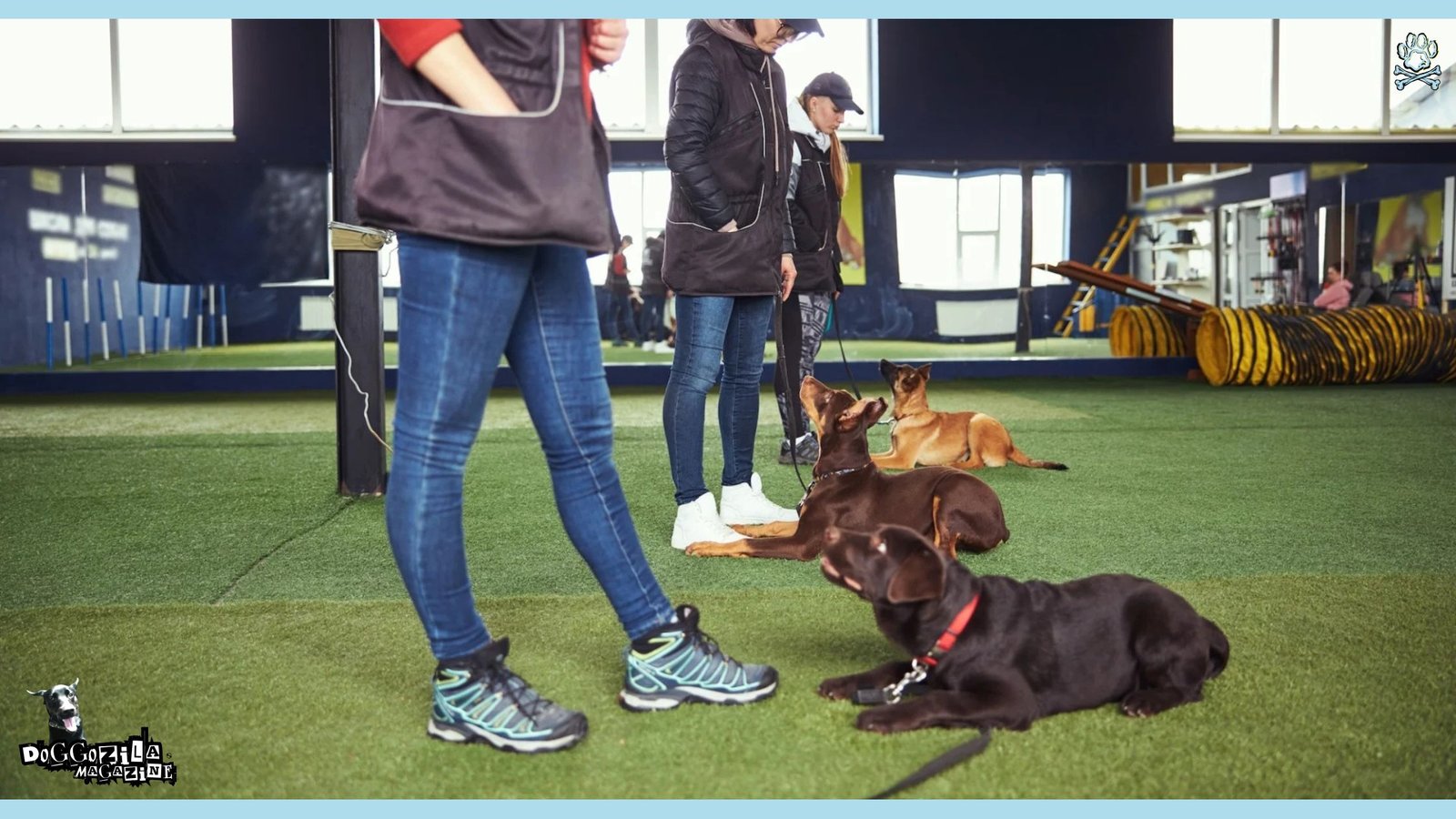
ACCELERATED TECHNIQUES FOR DOGS TO LEARN QUICKLY THAT ACTUALLY WORK
Harnessing the latest canine cognition research, these science-backed methods will maximize how quickly your dog learns new skills.
The 3D Training Method
Developed by K9 researchers, this approach uses:
- Demonstrate (show the desired behavior)
- Do (guide them through it)
- Delegate (let them try independently)
Dogs learn complex behaviors 33% faster with this structure compared to traditional luring/shaping alone.
Cross-Training for Cognitive Flexibility
Alternating between:
- Obedience
- Scent work
- Puzzle toys
- Social learning
Creates neural plasticity that makes dogs learn all skills faster. Think of it as cross-fit for their brain. Even 10 minutes of varied training daily yields measurable improvements in learning speed within weeks.
The Premack Principle for Motivation
Using a naturally frequent behavior (like sniffing) as a reward for less-preferred actions (like sits). Dogs learn to perform low-motivation tasks eagerly when followed by high-motivation activities.
For example: “Sit” → “Okay go sniff!” This taps into their natural behavior hierarchies for faster compliance.
Sleep-Learning Consolidation
Dogs’ brains replay and reinforce new skills during sleep. Scheduling training sessions 1-2 hours before naps or bedtime helps them learn and retain significantly better. A 2022 study found dogs remembered commands 25% more accurately after sleep compared to equal wake time.
🔑 Key Points: Accelerate the learning process of your dog with proven methods and techniques. Developed by K9 researchers is the 3D training method. You can also use the cross-training for cognitive flexibility and the premack principle for motivation. Remember that dog sleep is also important!
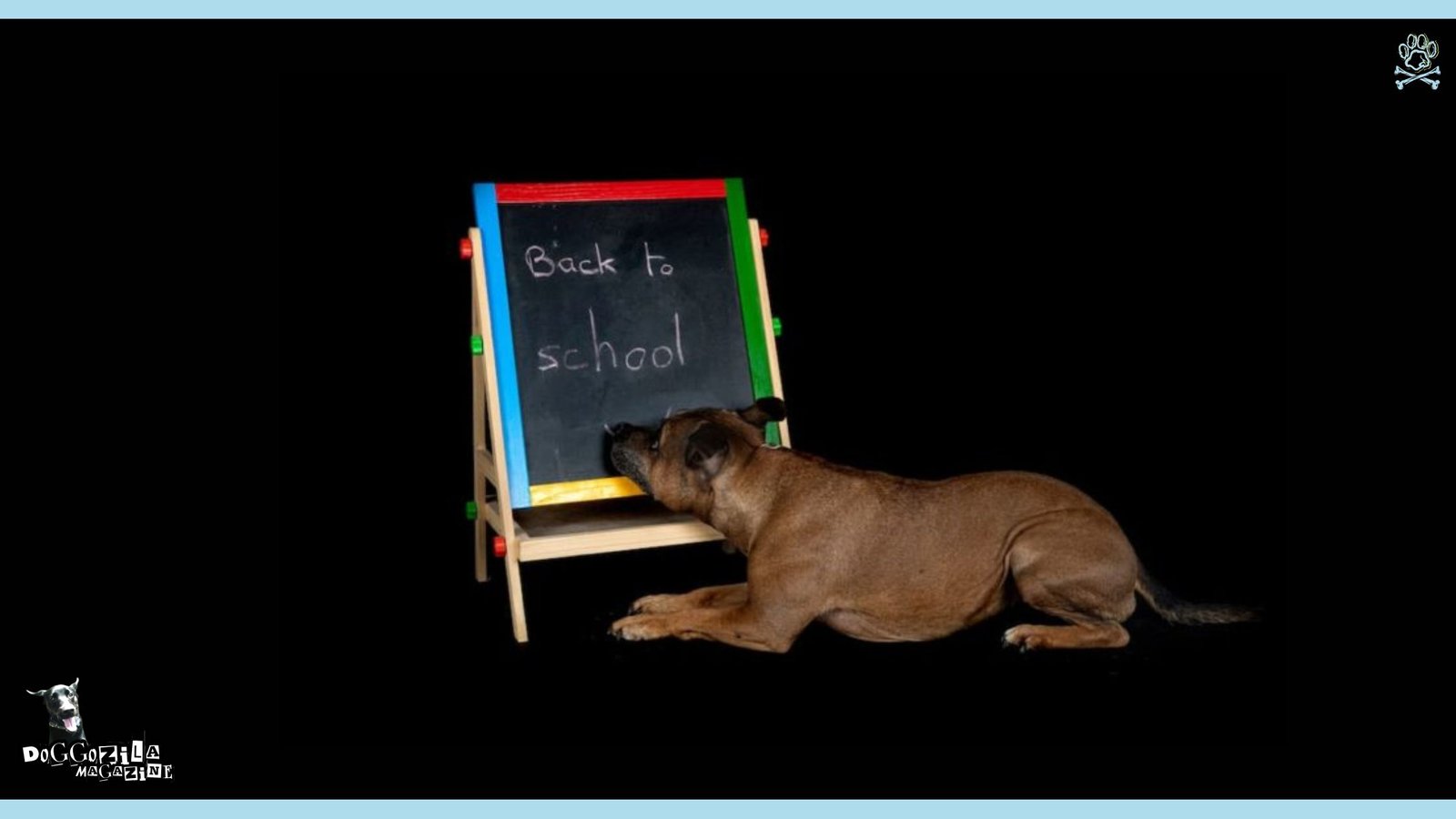
TOP 5 MYTHS VS FACTS ABOUT HOW QUICKLY DO DOGS LEARN
Dozens of misconceptions persist about how quickly dogs can learn.
Let’s separate science from speculation.
Senior Pups Can’t Learn New Tricks: First Myth About How Quickly Do Dogs Learn
The First Fact: Seniors learn slightly slower but often with better focus and retention when methods accommodate their needs.
Some Breeds Are Untrainable: Second Myth About How Quickly Do Dogs Learn
The Second Fact: All dogs can learn – the key is matching tasks to breed strengths and using appropriate motivation.
Punishment Speeds Up Learning: Third Myth About How Quickly Do Dogs Learn
The Third Fact: Positive reinforcement creates faster, more reliable learning without damaging the human-dog bond.
Dogs Understand English Naturally: Fourth Myth About How Quickly Do Dogs Learn
The Fourth Fact: They learn to associate sounds with outcomes through consistent repetition – no innate language comprehension.
Once Learned, Always Known: Fifth Myth About How Quickly Do Dogs Learn
The Fifth Fact: Without occasional reinforcement, dogs “forget” commands over time through a process called extinction.

LEARN QUICKLY TOGETHER: A SAMPLE ACCELERATED PLAN FOR YOUR DOGS
Want to maximize how quickly your dog can learn new behaviors?
Try this science-backed 2-week plan:
Days 1-3: Foundation Building
- Three 5-minute sessions daily
- Teach one simple command (e.g., “touch” to hand target)
- Use high-value treats delivered within 1 second
- End each session on a success
Days 4-7: Adding Complexity
- Introduce one distraction variable (distance/duration/new location)
- Begin incorporating Premack Principle rewards
- Add a second short session of cross-training (5 min scent work)
Days 8-14: Proofing Behaviors
- Practice in various environments
- Transition to intermittent reinforcement
- Start chaining behaviors together
- Incorporate sleep consolidation by training before naps
Most dogs following this structure can:
- Learn 3-5 new cues in 2 weeks
- Generalize behaviors to new contexts
- Develop stronger long-term retention
Final Thoughts About How Quickly Do Dogs Learn
While science gives us averages for how quickly dogs learn new skills, your dog’s unique personality, history, and biology matter most. Pay attention to their optimal learning times (often mornings for puppies, evenings for working dogs), respect their off days, and celebrate small victories. With patience and proper technique, you’ll be amazed at what your dog can master – whether in hours, days, or weeks.
Remember that the journey of learning together strengthens your bond far beyond any single command.
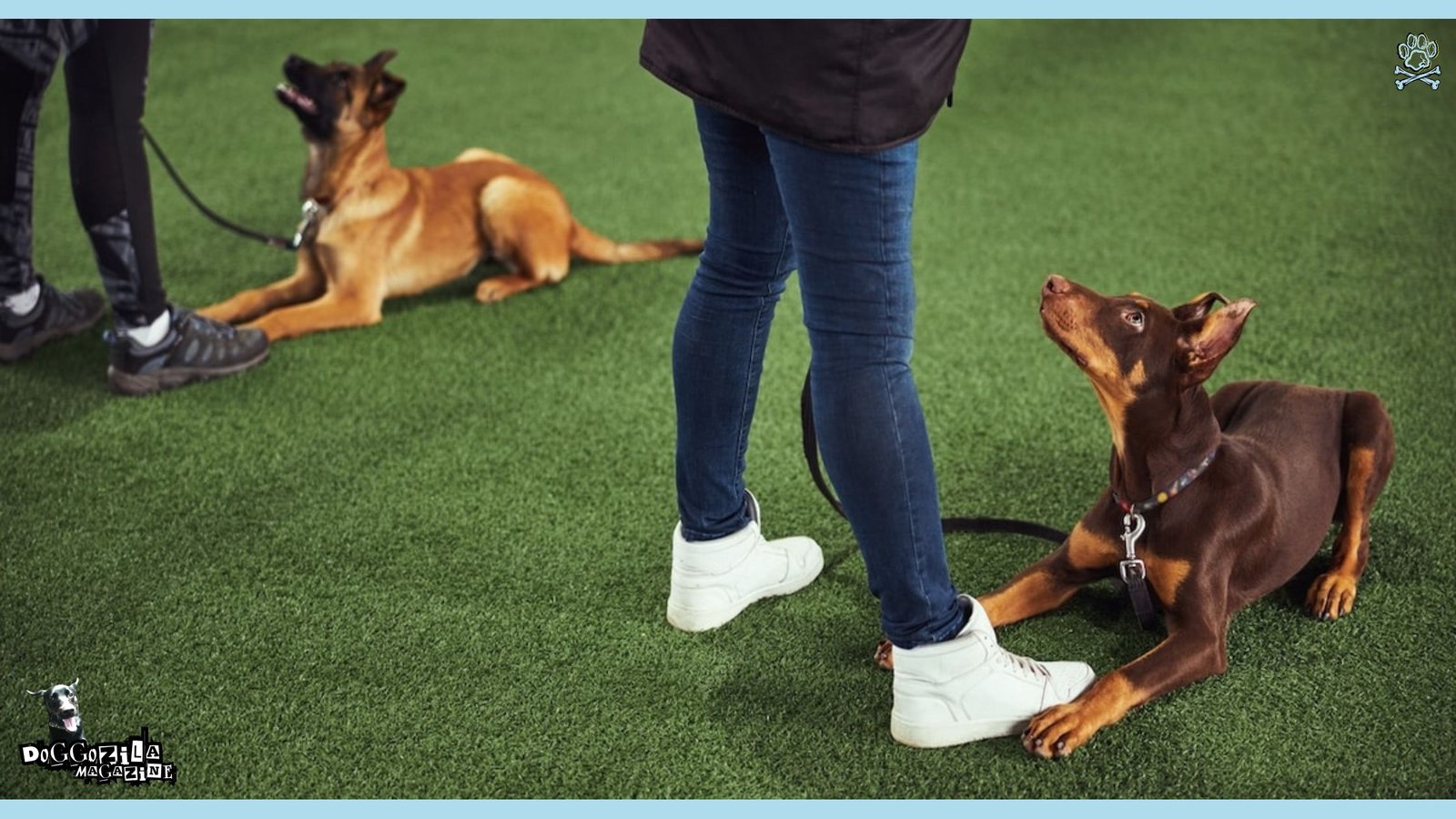
After all, isn’t that the real reward?




